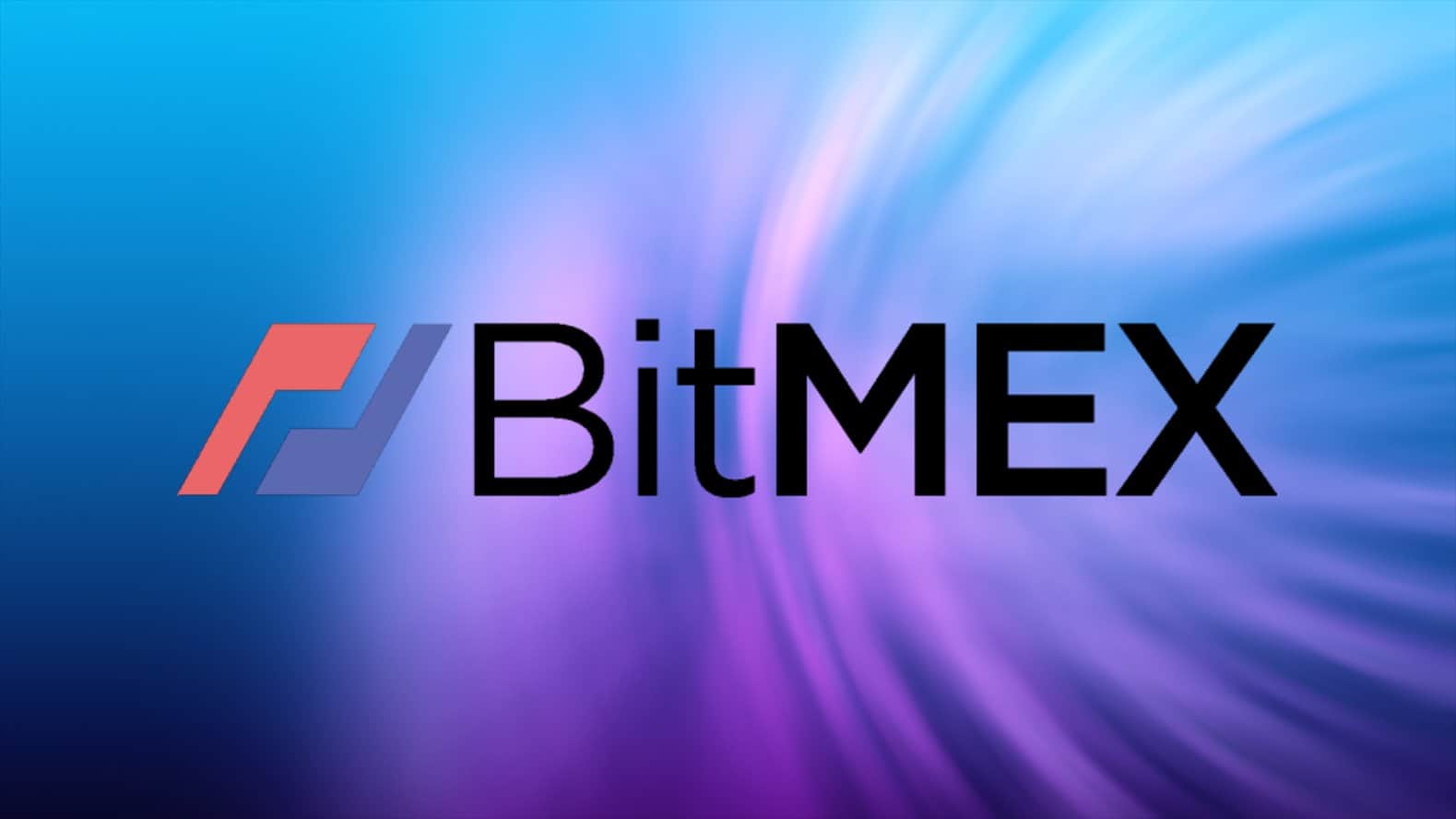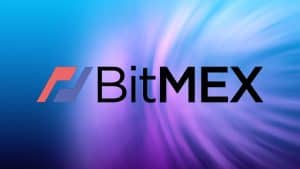Join Our Telegram channel to stay up to date on breaking news coverage
Top cryptocurrency derivatives exchange BitMEX has been working significantly to improve its service recently. In its latest service enhancement, the exchange has partnered with blockchain development company Blockstream to improve users’ ability to run nodes.
Easy Testing for the Pros
Yesterday, the derivatives exchange announced via an official blog post that it had implemented Bitcoin Satellite, a satellite system from Blockstream, to allow users to run nodes without the need for an internet connection.
The Bitcoin Satellite system is one of Blockstream’s top services, allowing users to download a part of the asset’s blockchain and verify transactions without being connected to the internet. By installing it, BitMEX explained that it had taken a step towards improving asset security.
“Because this satellite based system does have the potential to improve the censorship resistance characteristics of the Bitcoin network and defend against some forms of eclipse attacks, its existence is probably a positive development,” the exchange explained in its abstract.
The eclipse attack is one of the many that can befall a node. The attack primarily aims to disrupt a node’s view of the entire peer-to-peer network, thus causing disruption and priming the network for a possible, more sophisticated attack.
Some of the attack’s effects include weak competing miners and several forms of the double-spend attack. While the Bitcoin Satellite can help mitigate this attack’s effects, BitMEX didn’t appear to be overly interested in its security properties. Instead, the exchange focused more on the satellite system’s functionality and practical applications. Ending the blog post, BitMEX noted that while it was interesting to run a node, they had some doubts over the system’s practicality.
Particularly, BitMEX noted that the satellite’s primary function is to make participation easy for anyone without needing an internet connection. However, the purpose is almost defeated since most Bitcoin node participants have this utility.
BitMEX Didn’t Get the Full Picture
The exchange appeared to be missing the point, though. When Blockstream launched its satellite service in 2017, the company planned to connect everyone worldwide, regardless of the internet connection availability.
Blockstream CEO Adam Back said at the time that the company had seen how an increasingly robust Bitcoin network could help businesses. By reducing the cost of participation and making Bitcoin more accessible, they believed that they could improve adoption for companies and individuals — especially in emerging markets.
The company also initially launched in Europe, Africa, and the Americas, although it expanded to the Asia Pacific region in December 2018 and added support for the Lightning Network to make payments.
Areas like Africa and the Americas don’t entirely have the best internet connection. Data from Internet World Stats shows that internet penetration in Africa is just 39.3 percent, while that of the Americas stood at 77 as of June 2018 — a fair number, but not good enough, considering the internet’s necessity and its ubiquity in some other regions.
So, while BitMEX is currently able to access the bitcoin network on its own, it might not find Blockstream Satellite to be overly useful. For people in other areas of the world, this technology could be groundbreaking.
Join Our Telegram channel to stay up to date on breaking news coverage


